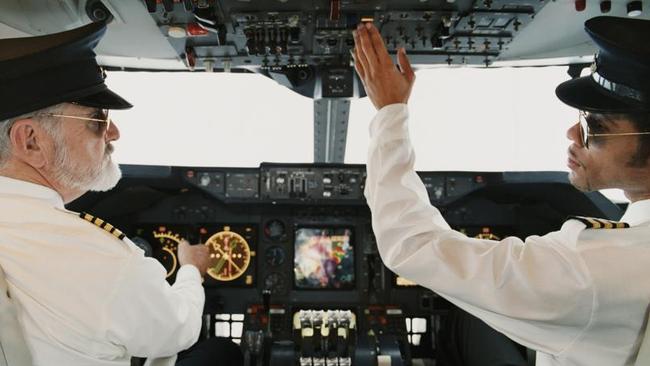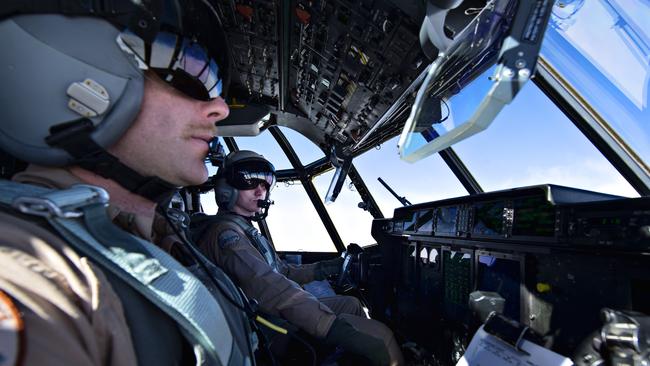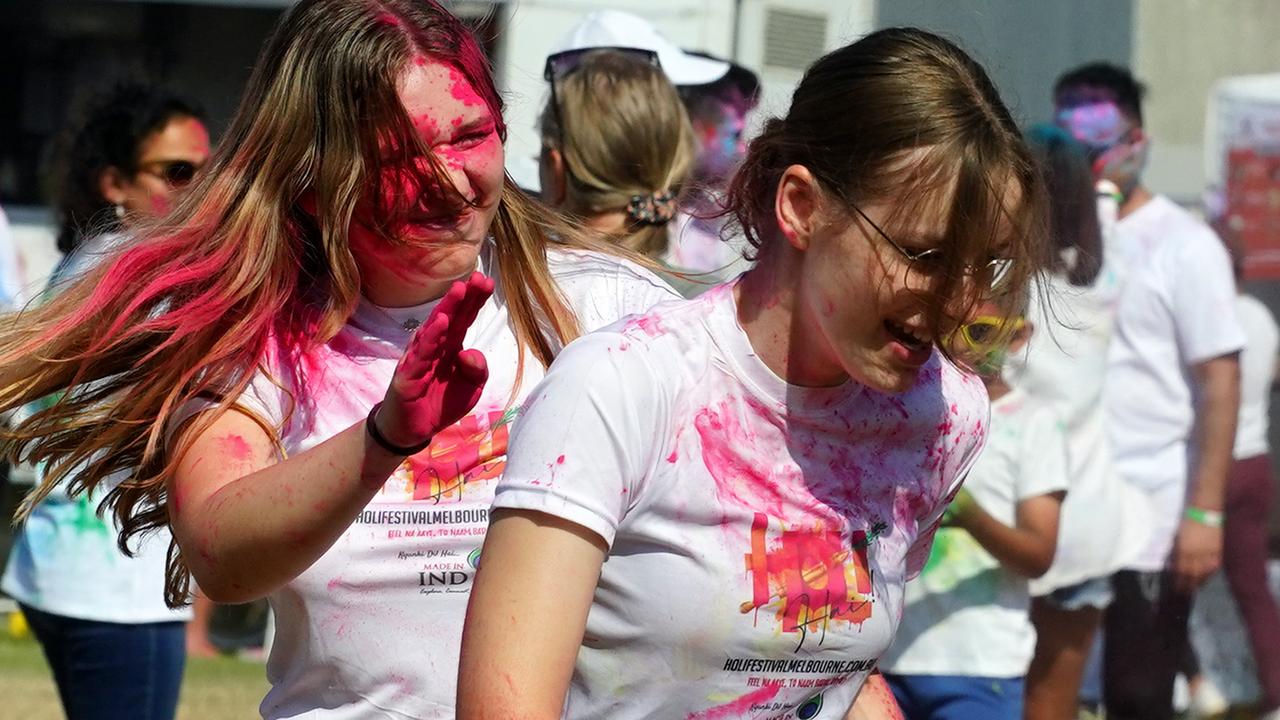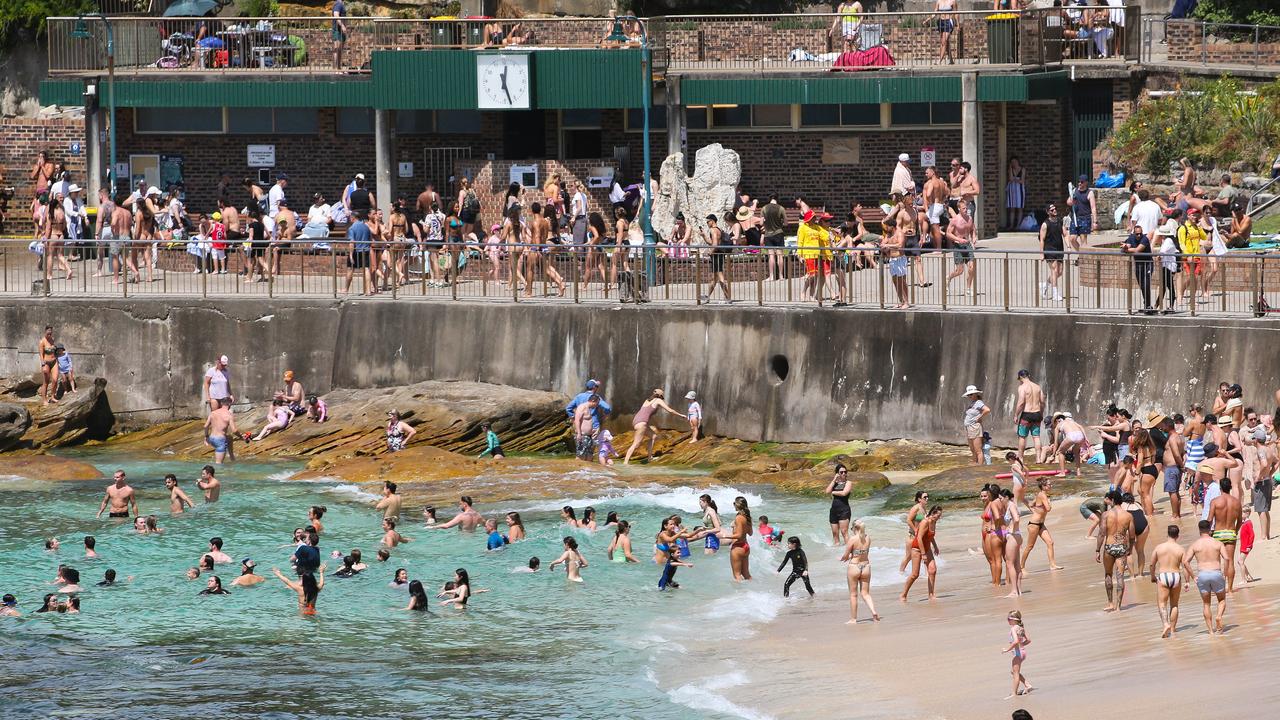Study: Pilots are at greater risk of skin cancer
PILOTS take on a lot of assumed risks when they step into the cockpit but there are very real hidden dangers that plague them as well.

AIRLINE pilots are often sporting a healthy brown glow, but that may not be from all the exotic locations they are flying to.
There is nothing healthy about a tan, as they say and a new study conducted by the University of California has suggested that pilots may be at greater risk of skin cancer by sustained exposure to intense UV rays.
The study found that spending 56 minutes behind the controls at 30,000 feet is the equivalent of 20 minutes laid out on an average strength sun-bed.
The problem apparently lies in the windows of the cockpit.
“Airplane windshields do not completely block UV-A radiation and therefore are not enough to protect pilots,” said Dr Martina Sanlorenzo, one of the authors of the study.
While short-wave UV-B ultraviolet radiation cannot easily penetrate glass and plastic windows, long-wave UV-A is much more likely to get through. And both forms of UV can cause ageing and cancerous cell growth.

The authors of the study said they “strongly recommend” that pilots and cabin crews use sunscreen while in the air and periodically get their skin checked.
According to research published early in the year by the Journal JAMA Dermatology, flight-based workers are 40 per cent more likely to die from melanoma compared to the general population.
On Flyertalk.com — an online forum for all things flight-related — as users discussed the study, one self proclaimed pilot (username Swissaire) chimed in with their story of developing spots on the right side of their head due to prolonged UV exposure. “Sun-bed at 30, 000 feet? Absolutely, sometimes for 10 hours on,” they wrote.




